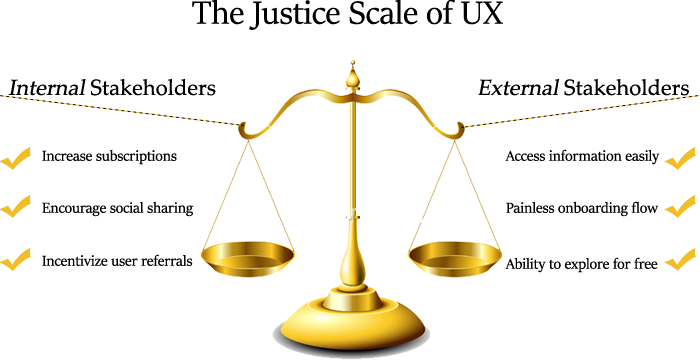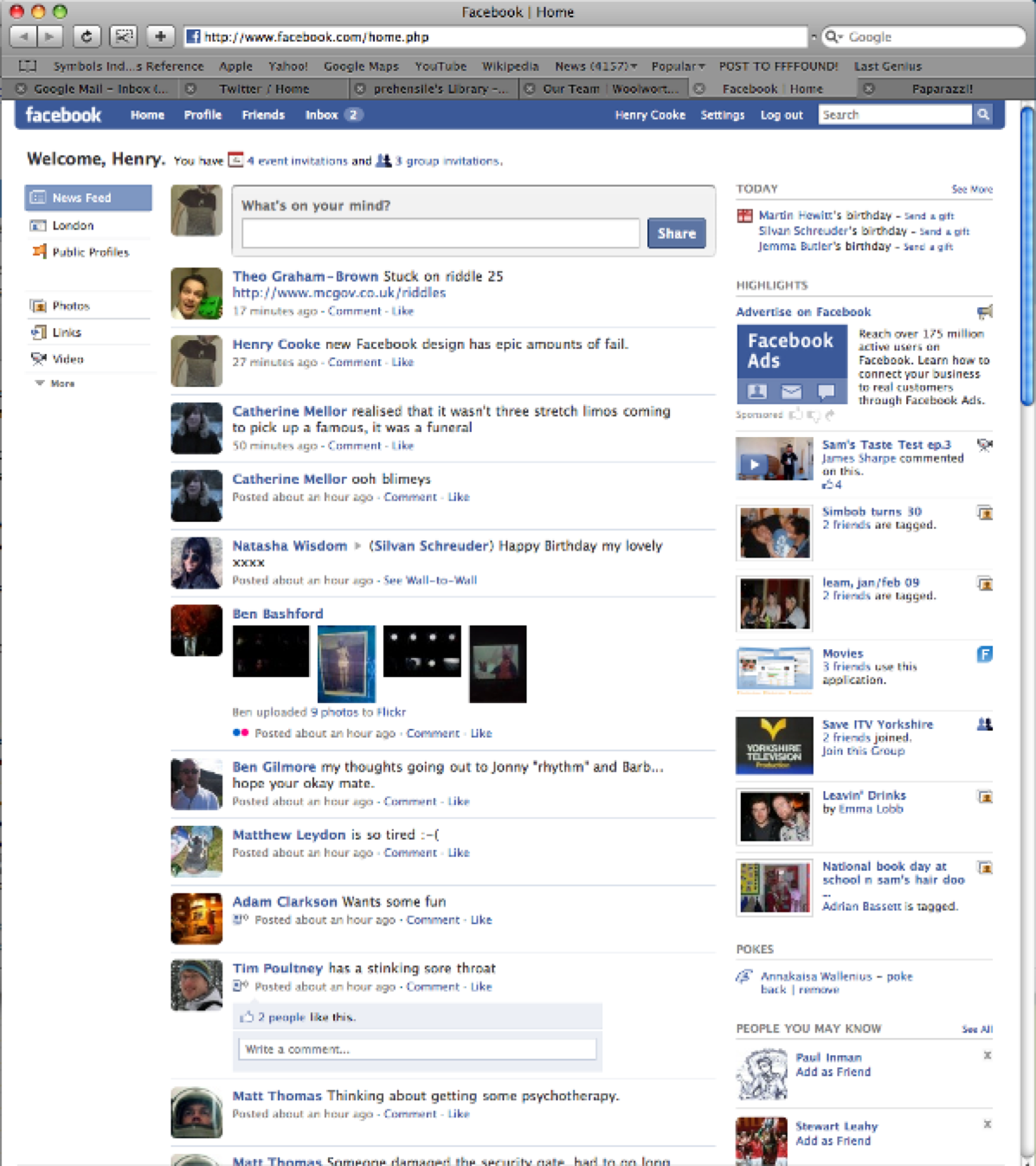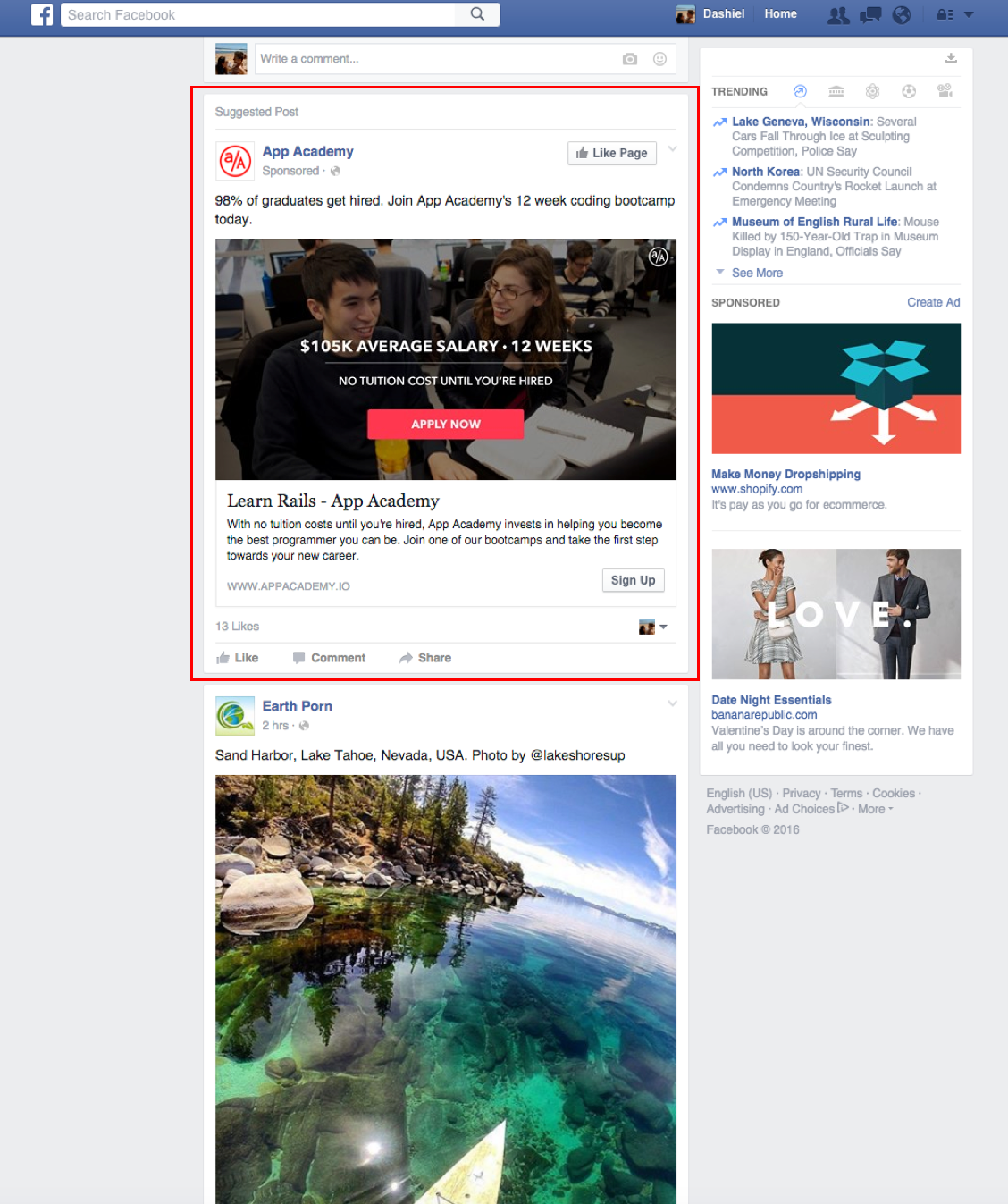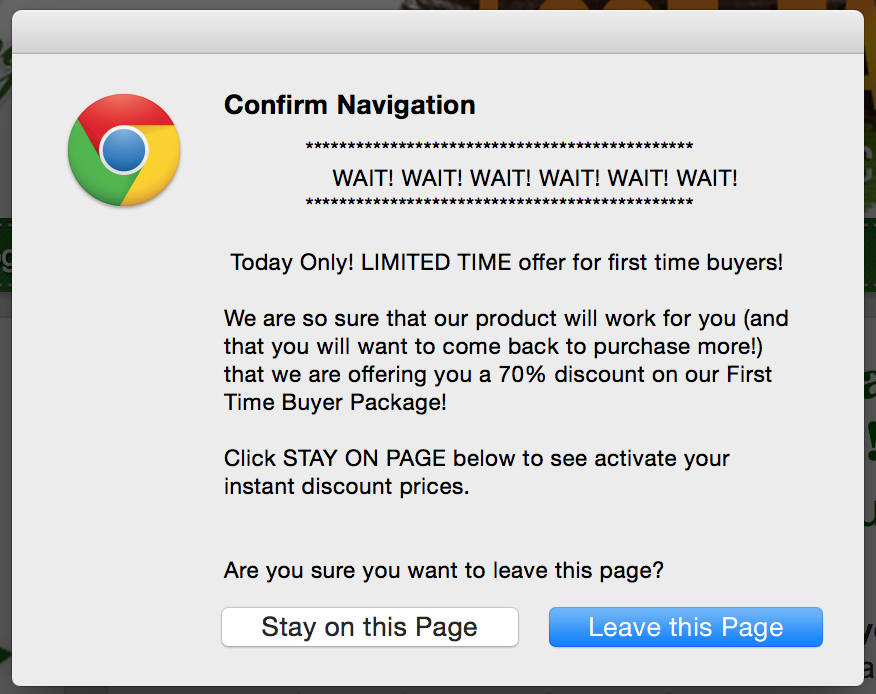What we proudly do: UX Idealism
If you’re already working in the field of UX, or even if you are just taking some UX courses towards a certificate or degree, you are probably familiar with the textbook approach to UX Design. We are told (and properly so) to empathize with the user; we are asked to review analytics, perform research, benchmark design patterns against the interfaces of our competitors, and dig deep into our bag of tricks, all to uncover and design for the target user’s mental model of what a successful experience looks like.
Through this process of user discovery, we gather valuable and enlightening information that we reflect in user personas, journey & empathy maps, feature matrices, and a host of other visual demonstrations designed to turbo-charge the work of designers and developers. Such visualizations also prove quite useful for increasing the chances that our managers and leaders will be receptive to the research that we’ve performed. (It feels awesome when you finish a three-week project on a 20 participant direct observation study, but less so when you find out that the CTO has pressured the project managers to scrap the related sprint altogether).
Furthermore, we use these insights to create wireframes, mockups, and fully interactive prototypes, not only to further communicate findings, but to test the associated design assumptions and iterate towards a final product. We abide by heuristic principles, remain in accord with design standards and consistencies, and perform a plethora of other shamanistic UX rituals to maximize the user’s experience. We do this all while sticking within the time constraints of the project at hand and managing to hide our fear of another spirited brainstorming session causing a “pivot” in the pursuit of our roadmap. We are beautiful, praiseworthy UX angels, tirelessly empathizing with, and advocating for the holy user, no matter what is thrown at us. Both internal and external stakeholders give us hugs and high fives and life is great.
Right?
Well…
The reality of the product design world: Power Structures
In a sense, practicing UX can sometimes be like being a good lawyer, terrible spouse, or spoiled child. You will do exactly what you can get away with. Our actions are dictated not only by the goals and desires of those that we are supposed to please (the end user), but by those that we must please in order to put food on the table (internal stakeholders).
If you are a recent graduate or are fresh into the field of UX / product design, you probably already notice that the end product is heavily influenced by the needs of the company. While it is still of the utmost importance to remain true to the practice of being a user advocate, suddenly there is another force at play, one that influences information architecture, interaction design, and transitively the product you ultimately deliver: profitability.
Somewhat humorously, weighing user desires against key performance indicators (KPIs) that drive growth and profitability can be easily visualized as a scale of justice:
Voilà! There you have it—all you must do is satisfy every single requirement for both parties, deliver a balanced product, and life will be golden.
Simple enough, right?
Well, yes, but simple and easy are two different things. Our job is to work very, very hard to create experiences that look and feel “simple,” and that is nowhere near easy; the actual creation of something that appears simple and intuitive requires strategic implementation of the appropriate user research and design tools. Additionally, part of what makes this difficult is that the Justice Scale of UX is, in a way, misleading. We aren’t just weighing out goals and desires of various stakeholders and creating a balanced design – we are also influenced by another force: power structures: the dynamic which describes who is really in control of the experience. Do users have enough leverage to demand a particular interaction? Or are companies dictating the experience they have with the product? Understanding this information adds a whole new twist to the process of designing user experiences.
Whether the user or the experience provider has more leverage isn’t always easily measurable. While tools like A/B tests, direct observations, surveys, interviews, and a ton of other UX methods may help paint the picture of who is in control (and when), you can’t definitively measure power. At best, you are making an educated guess (which is totally fine)
Shifting power structures,
In 2006, Facebook did not allow advertisements in their news feed. Having launched in 2004, they were a hot and exciting blast into the rapidly evolving social corner of the Internet and still had yet to prove themselves. With but a fraction of the user base that they have today, market assumptions were still being tested and the potential for continued growth was mere speculation.
Over time, these speculations evolved into realities, and by 2006, Facebook was booming more than ever. The increased demand for Facebook started to shift the power structure. Internal stakeholders over at Facebook realized the occurrence of this power shift, utilizing the opportunity to introduce something that benefits the company, at the expense of the user: integrated advertisement. Beginning in 2006, smack dab in the center of your news feed you began to see sponsored advertisements (or what they now sometimes call “suggested posts” in attempt to mitigate the user frustration by alluding to a perfunctory effort of content personalization).
Facebook as we know it today has a huge emphasis on advertising campaigns. Not only was this avenue born due to an opportunity presented by a shift in power structure, it was advanced by the sustainability of such a power structure in a landscape of continued introduction of what could be seen as invasive, or at the very least, frustrating design choices for the end user.
From privacy concerns to in-your-face advertisements, Facebook continues to test the limits of pursuing internal company goals, all while keeping a watchful eye over bounce rates, inactive accounts. This was the start of several UX decisions that have resulted in leveraging the power Facebook has over its users, sometimes resulting in criticism from the media and most recently large-scale international complaints about the use of dark patterns to make more money. User satisfaction is a powerful metric that can be viewed as the checks and balances of the UX world – an important manifestation that can be used to advocate a healthy balance in how our favorite companies serve us up a plate of what we are addicted to.
Not all power structure shifts have to be long term. Many experiences, particularly involving a sale of some sort, are designed in a way that quickly analyzes and adapts to the way the user is behaving.
A user leaving, pressing back, removing items from a cart, opting for a lower-priced package, or even remaining idle for a long period of time, can all be tracked and interpreted as a power shift. Companies do this not only to formulate a user empathy map for the future, but also to trigger immediate design changes to win the user back.
Digital power shifts are happening every day – whether we are cognizant about it or not. Some of us are simply content with the value a product provides, despite the profit-driven facets that may surface throughout the user experience – others are repulsed enough to write an article about it.
The real question is not how this makes you feel as a user, but rather: how do you characterize yourself as a product designer in light of power structures?
Are you ready to push the limits of profitability, or are you looking to score more points with your end user? Perhaps you are somewhere in the middle. Are you a Robin Hood, an Idealist, or a Scrooge McDuck?









